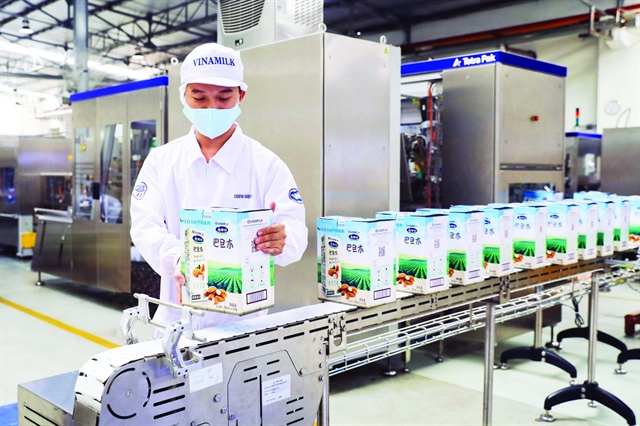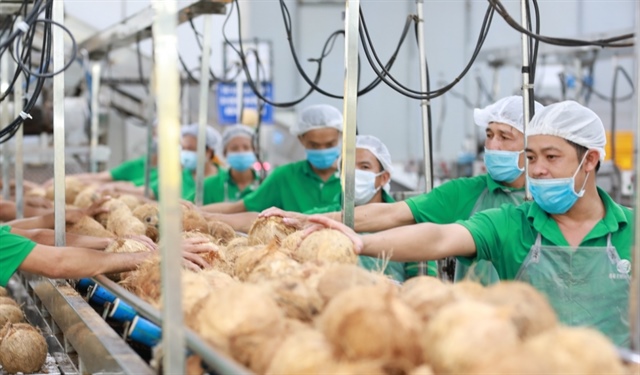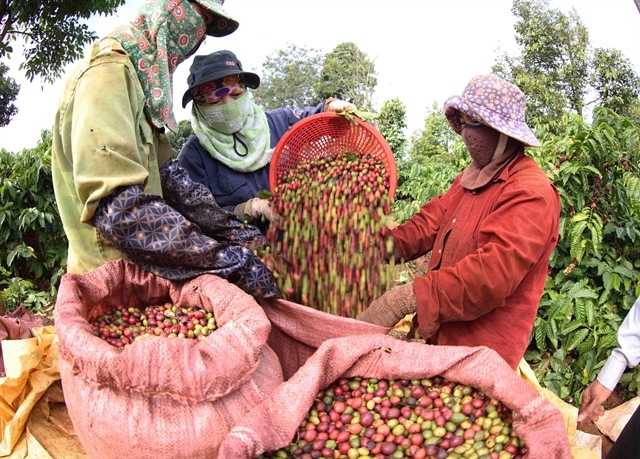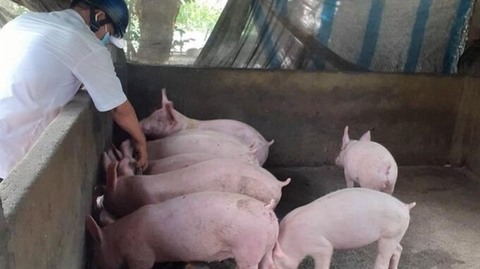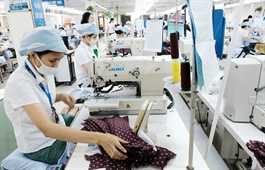Food and beverage industry expands
Food and beverage industry expands
Consumption demand is expected to grow strongly in the final months of 2022, creating growth momentum for the food industry in the short term.
Record growth
Vice President of the Ho Chi Minh City Food and Foodstuff Association (FFA) Nguyen Dang Hien said, in the first eight months of 2022, the industrial production index of Vietnam's food and foodstuff processing industry increased by nearly nine percent over the same period in 2021. In Ho Chi Minh City, the industrial production indexes of the food sector and the beverage sector increased by 11.9 percent and 52.8 percent, respectively.
|
During the eight-month period, the total retail sales of consumer goods and services were estimated at VND3,679.2 trillion, up 19.3 percent over the same period last year.
Meanwhile, the export turnover of agriculture, forestry and fishery reached US$36.3 billion, up 13.1 percent over the same period in 2021. Products like rice, vegetables, cashew and shrimp all exceeded US$2 billion in value.
The growth of the food and beverage (F&B) industry was attributed to the recovery of domestic demand and the shift from traditional to modern trading channels shaped by young people.
Vice Chairman of the Ho Chi Minh City Business Association Pham Ngoc Hung said, up to 94.4 percent of enterprises are optimistic about business operations in the remaining months of 2022. Compared to this time last year, difficulties related to COVID-19 developments and logistics have been eased.
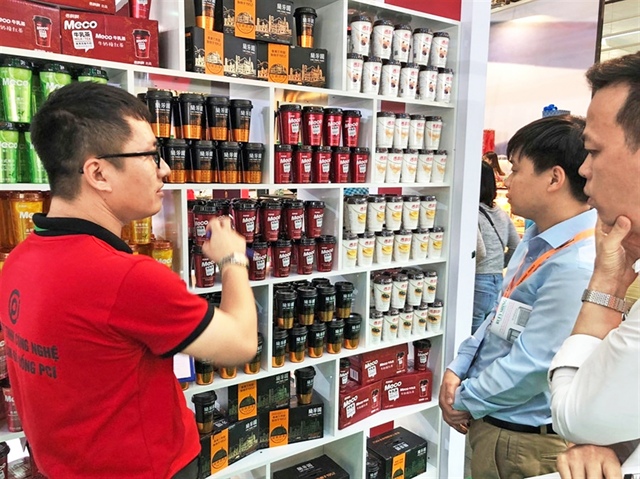
Vietnam’s beverage market has made a quick recovery |
Opportunities and challenges
The quality of food produced in Vietnam is improving. Although Vietnam has an abundant source of food materials, processing enterprises still have to import up to 90 percent of ingredients at a cost of billions of US dollars each year. This greatly hampers the competitive advantage of Vietnamese food products over similar foreign products. However, the Vietnamese food ingredients market still has much room and business opportunities for domestic and foreign companies. Vietnam’s F&B market is also a potential destination for many foreign investors compared to neighboring Southeast Asian countries.
To facilitate quick post-pandemic recovery and growth, Ho Chi Minh City has stepped up trade and investment promotion activities for the food industry, helped businesses promote products and brands, and seek new customers both domestically and internationally.
In addition, the free trade agreements to which Vietnam is a signatory offer export advantages for the food industry. But in order to quickly seize these opportunities and increase competitiveness, domestic enterprises must invest in modern equipment and technology to improve production capacity and quality and develop their brands.
To better adapt to the new trend, many food enterprises have been investing in digitalization, both in developing digital capabilities for their systems and digitizing supply chains. In particular, many large enterprises have started investing in technologies and data in order to understand the needs and characteristics of target customers for each type of product, and effectively meet their expectations.
| Mordor Intelligence Inc. estimates that the Vietnamese food and beverage industry will achieve a compound annual growth rate of up to 8.65 percent in the 2021-2026 period. |


